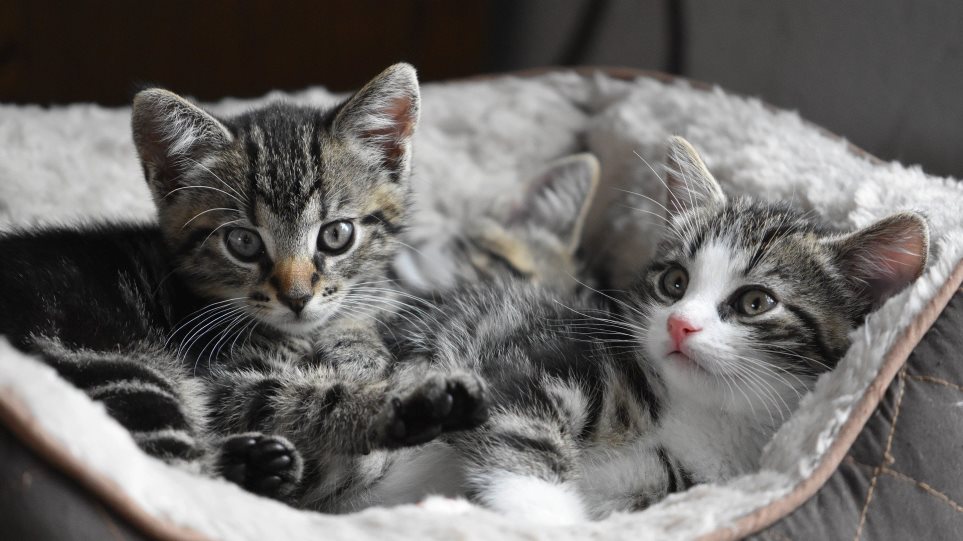The ancient Egyptians are famed for their fondness of all things feline. There’s no shortage of cat-themed artifacts — from larger-than-life statues to intricate jewelry — that have survived the millennia since the pharaohs ruled the Nile. The ancient Egyptians mummified countless cats, and even created the world’s first known pet cemetery, a nearly 2,000-year-old burial ground that largely holds cats wearing remarkable iron and beaded collars.
But why were cats so highly valued in ancient Egypt? Why, according to the ancient Greek historian Herodotus, would the Egyptians shave their eyebrows as a mark of respect when mourning the loss of a family cat?
Much of this reverence is because the ancient Egyptians thought their gods and rulers had cat-like qualities, according to a 2018 exhibition on the importance of cats in ancient Egypt held at the Smithsonian National Museum of Asian Art in Washington, D.C. Specifically, cats were seen as possessing a duality of desirable temperaments — on the one hand they can be protective, loyal and nurturing, but on the other they can be pugnacious, independent and fierce.
Stampede occurs during free potato distribution in southeastern Turkey (video)
Indonesian submarine goes missing north of Bali
To the ancient Egyptians, this made cats seem like special creatures worthy of attention, and that might explain why they built feline-esque statues. The Great Sphinx of Giza, a 240-foot-long (73 meters) monument that has the face of a man and the body of a lion, is perhaps the most famous example of such a monument, although in truth, historians aren’t exactly sure why the Egyptians went to the trouble of carving the sphinx. Likewise, the powerful goddess, Sakhmet (also spelled Sekhmet), was depicted as having the head of a lion on the body of a woman. She was known as a protective deity, particularly during moments of transition, including dawn and dusk. Another goddess, Bastet, was often represented as a lion or a cat, and the ancient Egyptians believed that cats sacred to her.
Read more: Live Science





































